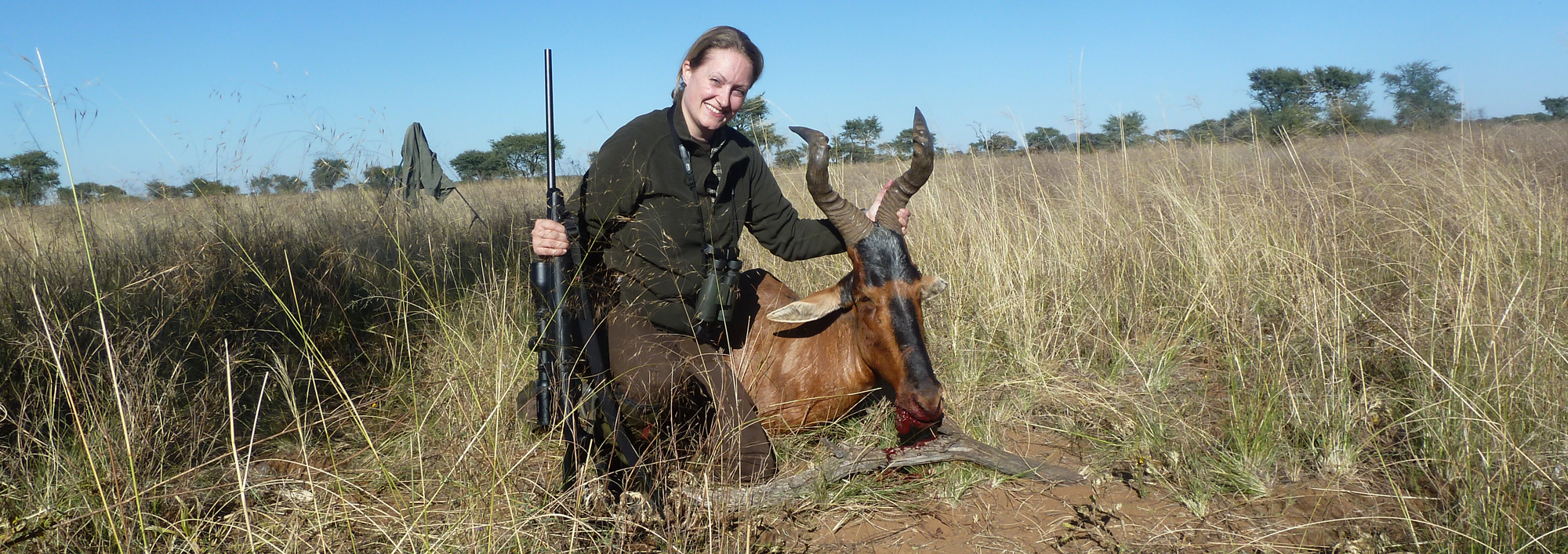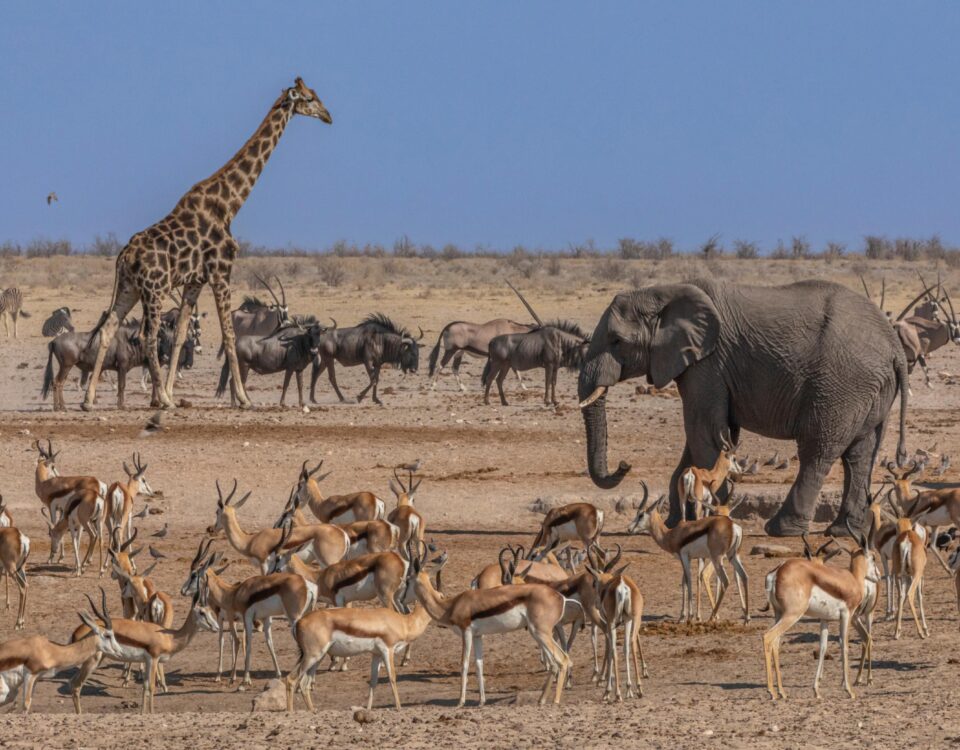| Main photo ©Kai-Uwe Denker

The calibre for the future?
July 6, 2016
A memorable morning in Africa
July 6, 2016
It wasn’t long before Joseph knocked on the side panel of the truck. We cautiously turned around to see in which direction he was pointing. “Hartebeest,” he whispered, pointing to an open plain behind a clump of bushes. “A big bull!”
M y father had been on a springbok hunt and his enthusiastic account of that adventure stayed with me over the years. Now, more than a decade later, it was my turn for a similar adventure. My father accompanied me for a week in the Namibian bush, during which we stayed on the farm Weideland. Our initial game drive on my first morning in Africa convinced me that my African adventure was taking place in a game-rich paradise. What made the biggest impression during the drive was the vast hunting area of 22 000 hectares, which had no internal fences or barriers to limit game movement.
We set out in our truck at seven in the morning to look for hartebeest and springbok. The owner of the farm, Claus Düvel, and my father were sitting inside the cabin. I sat on the elevated bench on the back of the truck, with my rifle at my side. Joseph – the hunting assistant – sat with me. This was how we would travel every day during the hunt, scanning the area from an elevated position. It wasn’t long before Joseph knocked on the side panel of the truck. This was his sign that he’d sighted animals. We cautiously turned around to see in which direction he was pointing. “Hartebeest,” he whispered, pointing to an open plain behind a clump of bushes. “A big bull!”
Carefully, trying not to make any noise, we climbed off the truck. My father stayed behind, to restrict unnecessary disturbance. From where we were, neither Claus nor I could judge the distance from the bushes to where the hartebeest bull was standing on the open plain. Claus approached cautiously, always staying in the cover of the bushes. I followed closely, with Joseph directly behind me carrying the four-legged shooting stick. As we drew nearer, we could look to the left over the open plain. Approximately 80 metres from where we were, an old hartebeest bull was feeding, repeatedly lifting its head to look around and scan the area. Claus whispered “Old bull. Horns already worn. You can take this one.”
Tense but excited, I edged forward, leaving the bush cover to rest my Browning on the sticks, which Claus had set up at the perfect height and pointing in the direction of the bull. I had to wait for only a second for an unobstructed view of the shoulder before pulling the trigger. It was clear that the animal had been hit, as it immediately stormed off to the right. In my excitement I couldn’t tell where exactly my bullet had struck. The bull ran for about 350 metres, then suddenly slowed down and came to rest under a camel-thorn tree. “Come on,” said Claus. “Let’s stalk a little closer. I think the bullet hit a bit too far back.”
Every 20 to 30 metres we stopped for a few minutes, my rifle ready on the sticks in case the bull should get up and start running again. As we came closer, we could clearly see the tips of the horns moving from side to side, and I could feel my heart beating ever faster.
Finally, when we’d shortened the distance to some 50 metres, the bull shook its head in a wild movement, tried to rear up, and almost managed to rise on its hoofs. My second shot hit its shoulder, bringing it down at once.
“Waidmannsheil,” I heard Claus exclaim, as if from afar.
When we reached the bull, I could hardly believe I had walked, stalked and taken my first African game trophy, and an old bull at that!
The days on Weideland with Claus and Heidi Düvel definitely rank among my most memorable hunting experiences. That all six trophies I’d landed had gold-medal status added to my joy, needless to say. The vast populations of free-roaming game, the dignity and reverence towards the animals and the hunt, and last but not least, the sustainable use of mature animals, was what impressed me most.
This article was first published in the HUNTiNAMIBIA 2014 issue.


